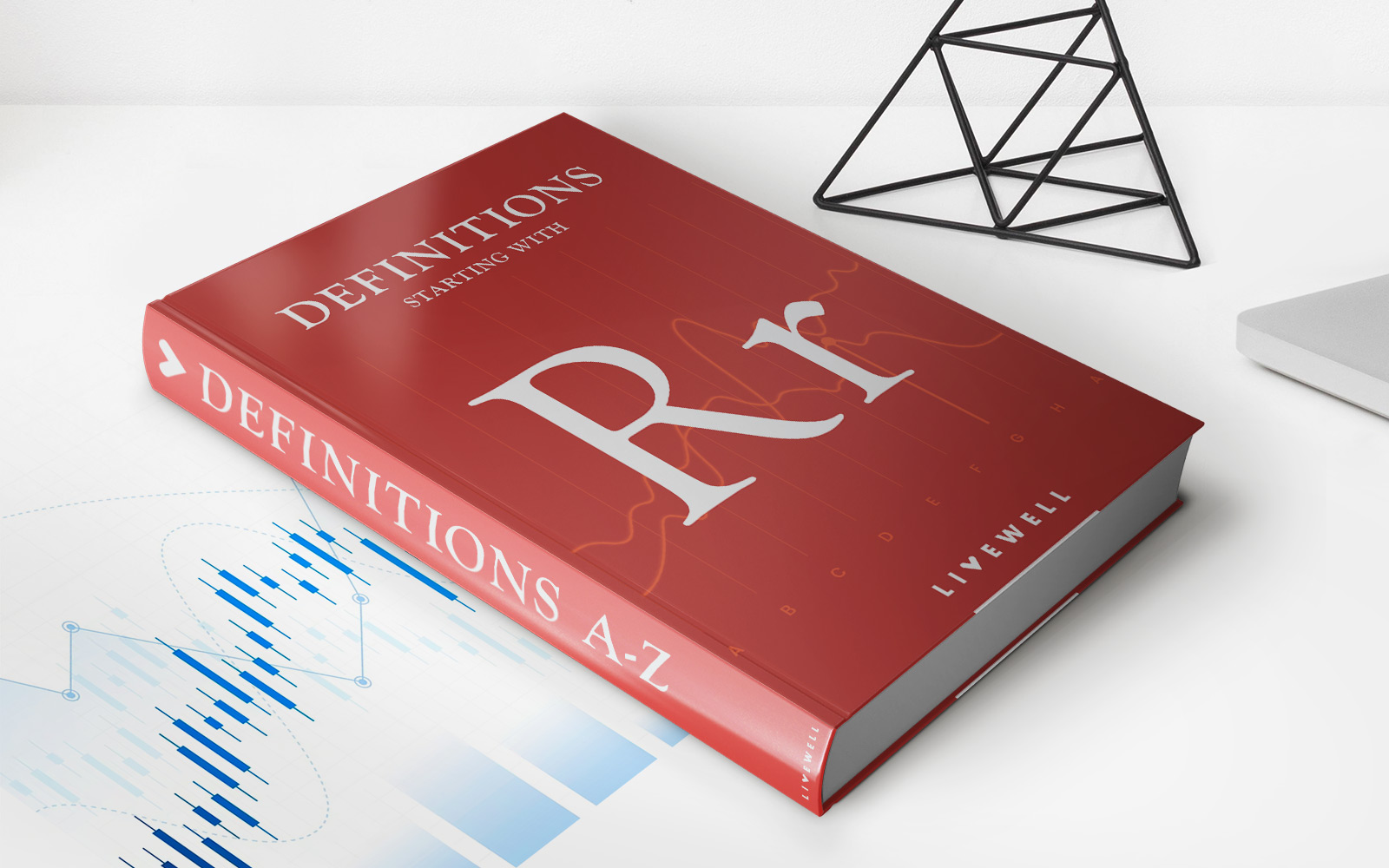Home>Finance>Inflation-Adjusted Return: Definition, Formula, And Example


Finance
Inflation-Adjusted Return: Definition, Formula, And Example
Published: December 9, 2023
Learn about inflation-adjusted return in finance. Understand the definition, formula, and see an example to calculate the real rate of return.
(Many of the links in this article redirect to a specific reviewed product. Your purchase of these products through affiliate links helps to generate commission for LiveWell, at no extra cost. Learn more)
Inflation-Adjusted Return: Definition, Formula, and Example
Welcome to our Finance category! Today, we will be diving into the concept of inflation-adjusted return – an essential concept for investors looking to understand the true value of their investments. Have you ever wondered how inflation impacts your investment returns? How can you calculate the actual returns after accounting for the effects of inflation? In this blog post, we will answer these questions and more, providing you with a clear understanding of inflation-adjusted return and how to calculate it.
Key Takeaways:
- The inflation-adjusted return allows investors to determine the real value of an investment after accounting for inflation.
- It is calculated by subtracting the rate of inflation from the nominal return, resulting in a more accurate representation of the investment’s actual purchasing power.
What Is Inflation-Adjusted Return?
Inflation-adjusted return, also known as the real return, factors in the impact of inflation on an investment’s nominal return. Nominal return refers to the actual return achieved on an investment without considering inflation. In essence, inflation-adjusted return evaluates the performance of an investment after adjusting for the loss or gain in purchasing power due to inflation.
To put it simply, inflation erodes the purchasing power of money over time. You might earn a positive nominal return on an investment, but if the rate of inflation is higher than your return, the real value of your investment decreases. Therefore, it is crucial to calculate the inflation-adjusted return to obtain a more accurate assessment of your investment’s profitability.
How to Calculate Inflation-Adjusted Return:
The formula to calculate inflation-adjusted return involves three essential components:
- First, determine the nominal return on the investment. This is the return earned on the investment before accounting for inflation.
- Next, determine the rate of inflation over the investment period. This can be obtained from official inflation indices or data sources.
- Finally, subtract the rate of inflation from the nominal return to arrive at the inflation-adjusted return.
Mathematically, the formula for calculating inflation-adjusted return is as follows:
Inflation-Adjusted Return = (1 + Nominal Return) / (1 + Inflation Rate) – 1
Let’s dive into an example to illustrate the concept.
Example: Calculating Inflation-Adjusted Return
Suppose you invested $10,000 in a mutual fund and after one year, your investment grew to $10,800. However, the rate of inflation over that period was 3%. To calculate the inflation-adjusted return, plug the values into the formula:
- Nominal Return = $10,800 – $10,000 = $800
- Inflation Rate = 3%
- Inflation-Adjusted Return = (1 + $800 / $10,000) / (1 + 3%) – 1
Using a calculator or spreadsheet, the inflation-adjusted return in this case is approximately 4.85%. This means that after accounting for inflation, your investment actually grew by 4.85%, taking into consideration the loss in purchasing power due to rising prices.
Conclusion
Understanding and calculating inflation-adjusted return is vital for investors seeking to evaluate the true performance of their investments. By considering the effects of inflation, investors can make more informed decisions and gauge the actual purchasing power of their returns. Remember, the formula is simple – subtract the rate of inflation from the nominal return – and you’ll have a clear idea of how your investment performed.
Stay tuned for more informative blog posts in our Finance category as we explore various financial concepts and provide useful insights for your financial journey!














